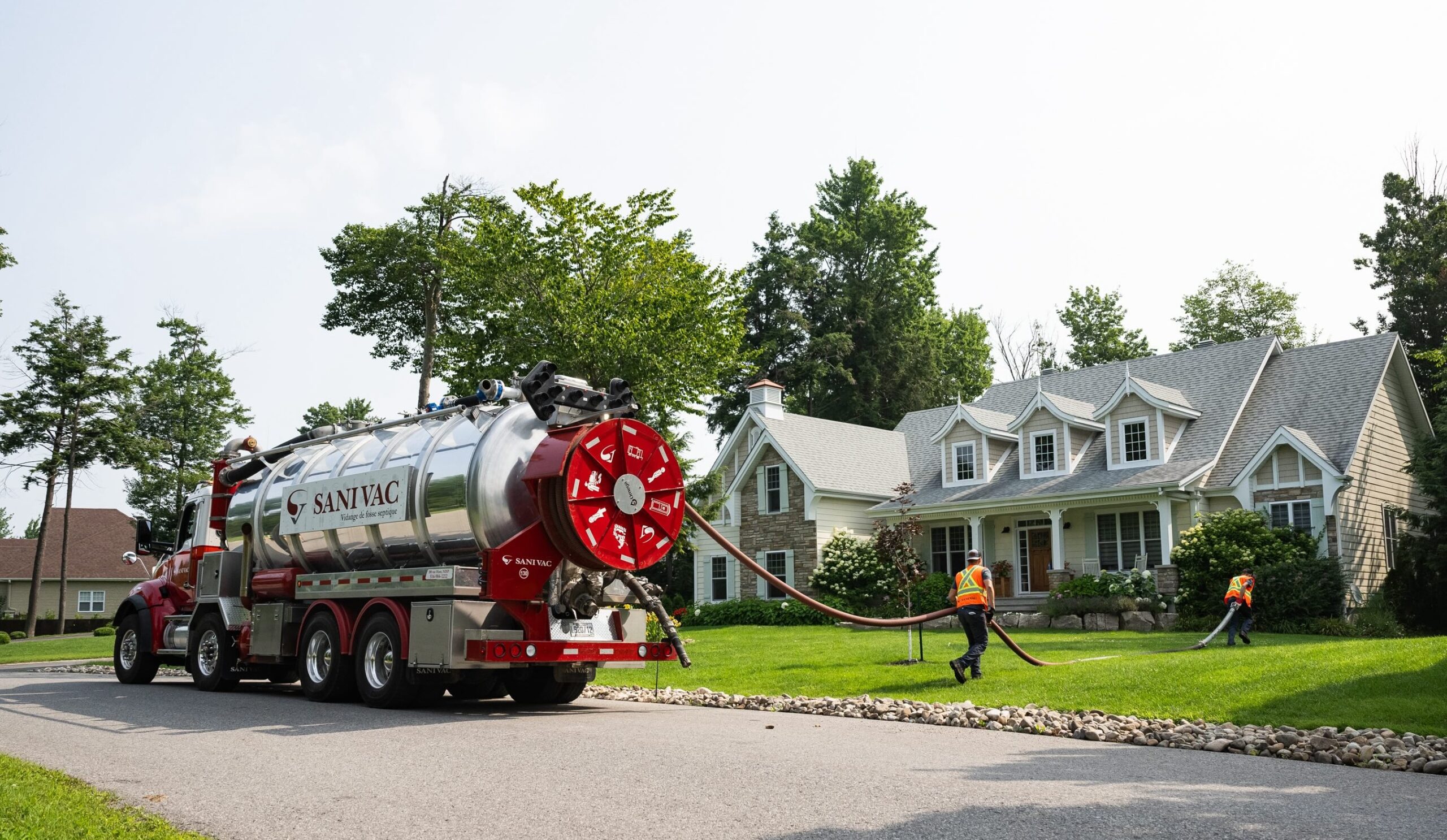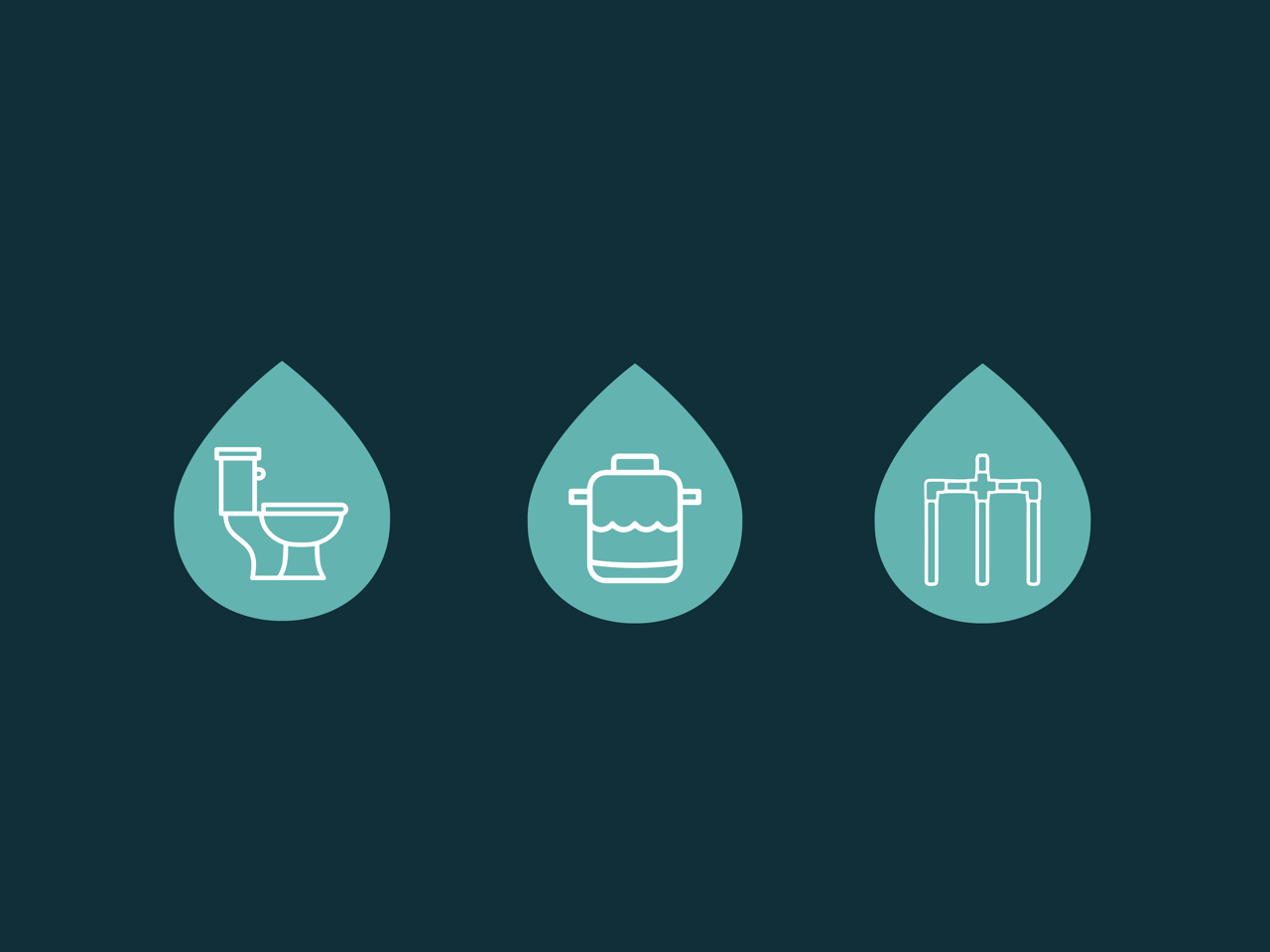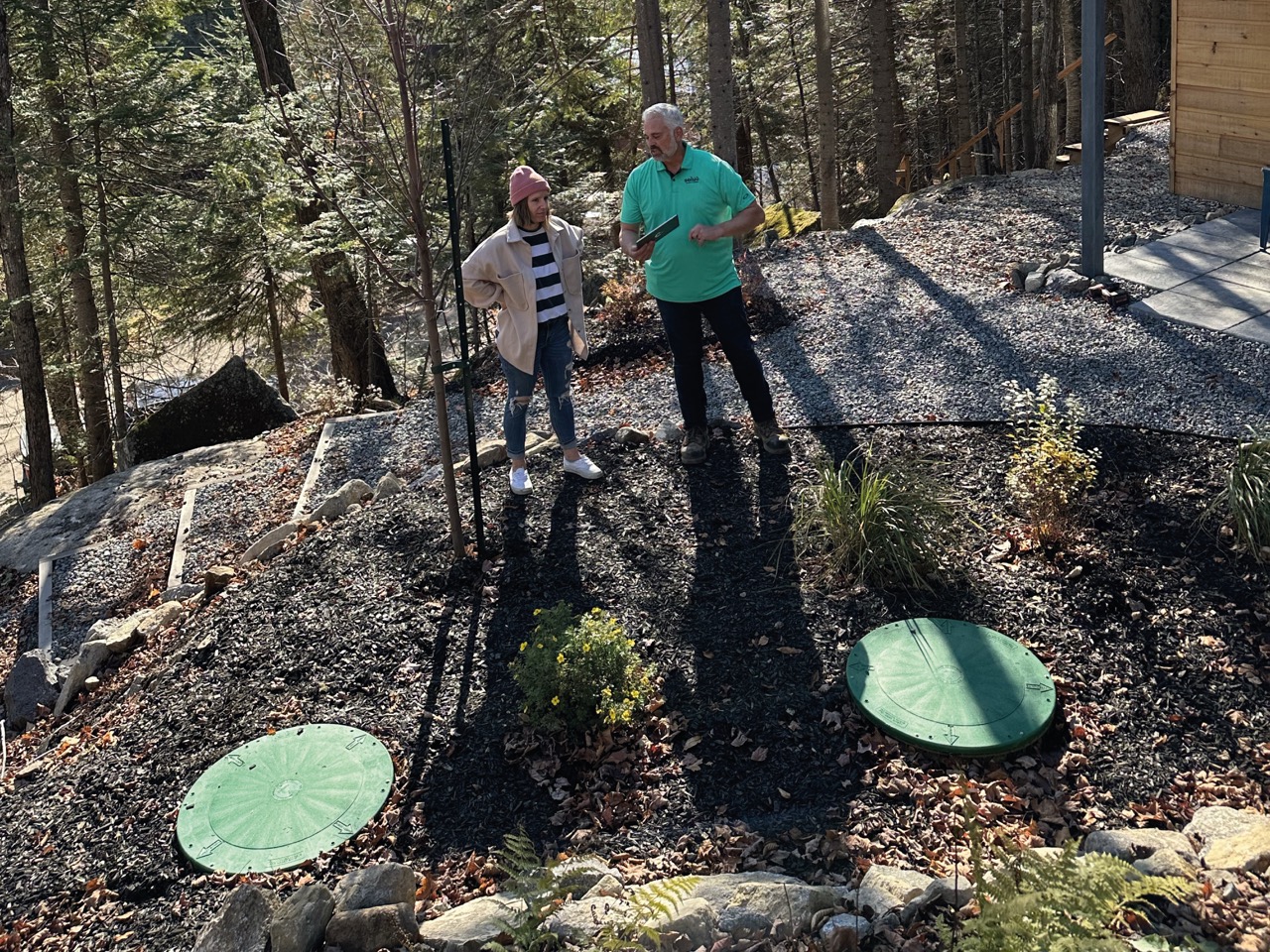How a septic system works can sometimes be difficult to understand. Our experts present the 3 steps that are an integral part of a septic installation.
Above all, it is important that you know the type of septic system you have at your home in order to fully understand the flow of water in your home. To help you understand, some municipalities are able to send you the history and details of your septic installation if it was designed and installed after the arrival of the provincial regulation.
First step: Retain the waste
When using all your plumbing items such as a sink, shower and toilet, water and solids are directed outside by gravity or pumped to your septic tank or sump pit.
The role of the septic tank is to retain the solids by a principle of decantation and to let the water evacuate towards a next element. For its part, the sump will retain water and solids in the same place.
Second step: Treat the water (If necessary)
This second step is only necessary for land that has soil conditions less favorable to infiltration or on land with a small area. Additional treatment is therefore required in order to allow you to still infiltrate the water on your land or discharge it into the environment.
There are 5 different technologies approved by the Bureau de la Normalisation du Québec :
- Bionest
- Ecoflo
- System O (Previously known as Enviro-Septic)
- Hydro-Kinetic
- Ecophyltre (Previously known as Roseau Épurateur )
Each of the technologies makes it possible to reach the treatment standards allowing then to infiltrate or reject the water according to your land. We invite you to consult our articles on each of the technologies in order to fully understand how they work.
These technologies all require an annual maintenance contract with the manufacturer. This will guide you in the evolution of your system and on the particularities of the technology that you have chosen with your professional.
Step Three: Infiltrate the Waters
Once the septic tank has done the work of retaining the solids, and if needed, the advanced treatment treated the water, the water goes to an infiltration surface to continue its treatment. Commonly, this element is called the “Purification field” but we mainly use the notion of purifying element.
The soil conditions and the size of your land guide the professionals in order to establish the necessary surface to allow water to infiltrate adequately. If the conditions are not suitable for the installation of a conventional purifying element, your professional will recommend that you set up a second treatment before being able to infiltrate your water, in order to reduce the surface area necessary for water infiltration.
Once the waters have seeped into the ground, the water path is complete! You now know the basics of how a septic system works.
To learn more about how your septic system works, we invite you to contact a Soluo expert today.

About the Author
Étienne Gaudette
Chief Executive Officer (CEO)
Étienne Gaudette is the president of the Soluo Group, a company specializing in inspection, design and residential septic installation work serving the majority of regions of Quebec for more than 30 years. Thanks to his creative mind and his background in marketing consulting and as director of the group of experts in decentralized water management at Réseau Environnement, Étienne brings a unique vision to the on-site sanitation industry in Quebec in order to bring together the all industry players for the benefit of Quebecker. One goal: Change the world, one septic installation at a time.
You liked this post?
Share
More tips and advice here
Waste that accumulates in a septic tank must be removed regularly to allow the system to continue operating efficiently. The process, which is also […]
Your septic system can last decades, provided you maintain it well and are responsive when you suspect an anomaly. Adequate monitoring not only ensures […]
Has your septic system reached the end of its useful life? Do you want to build on land not serviced by a municipal sewer […]


